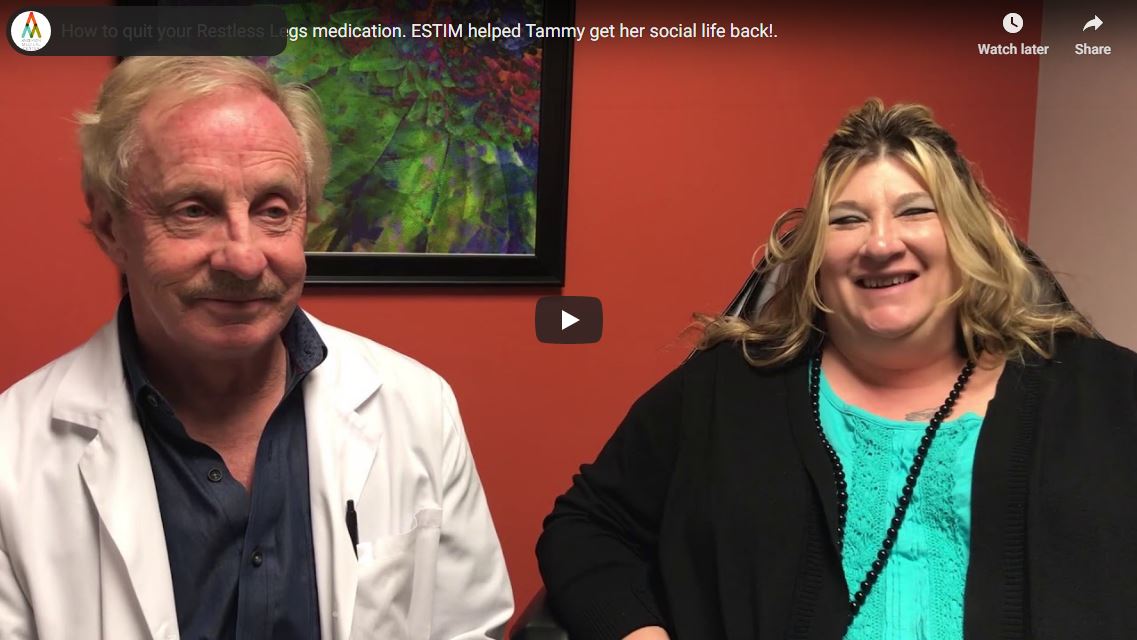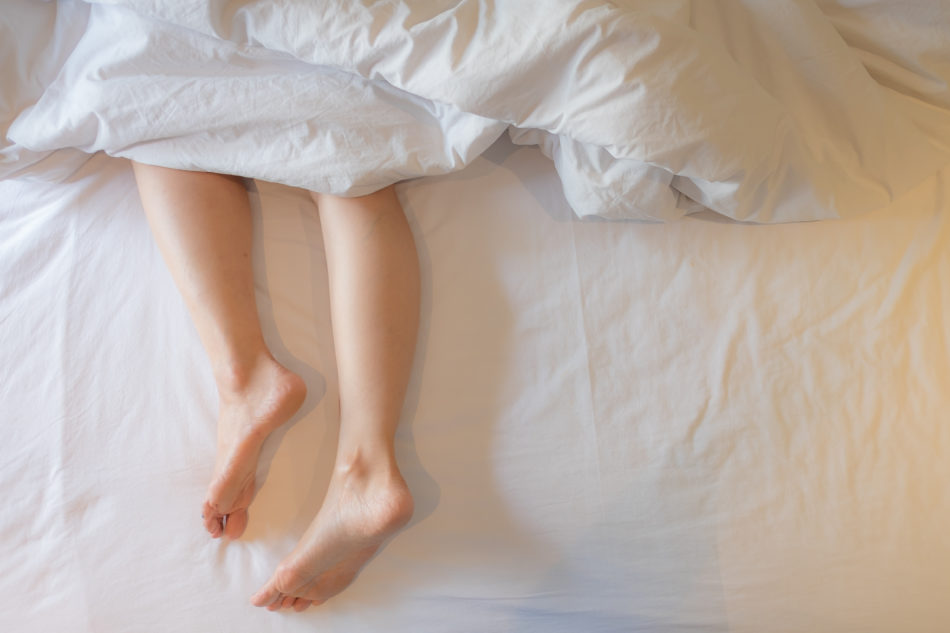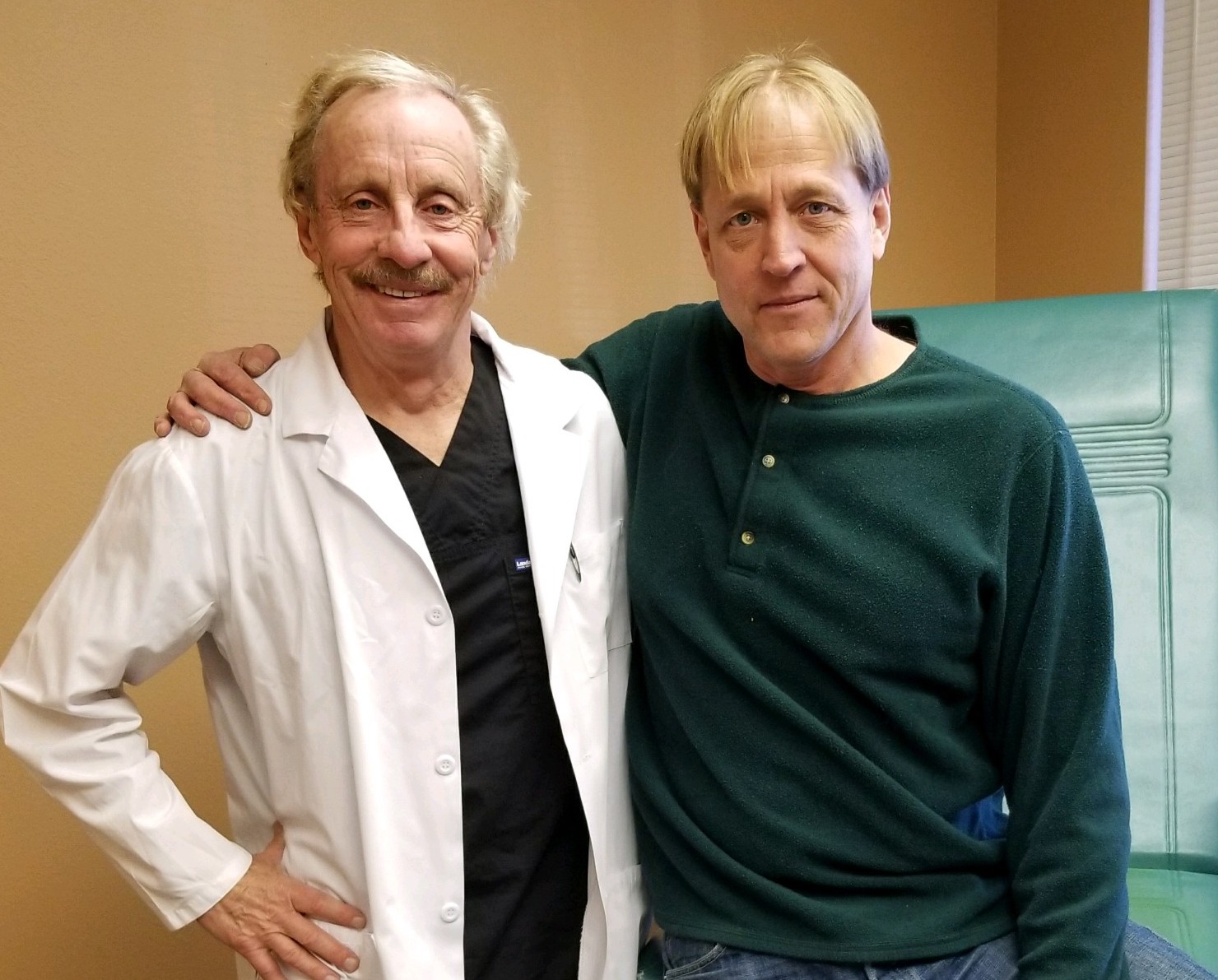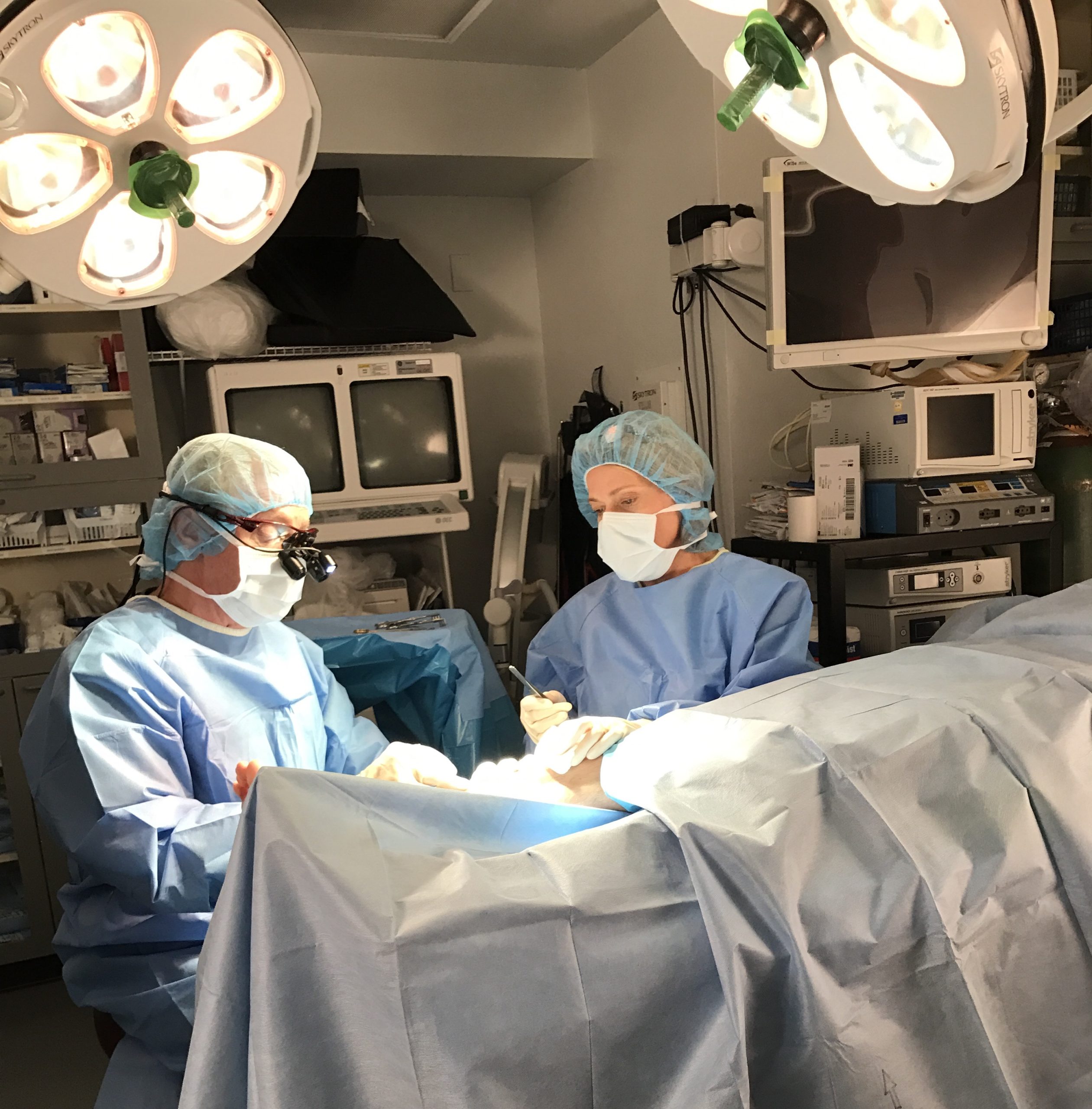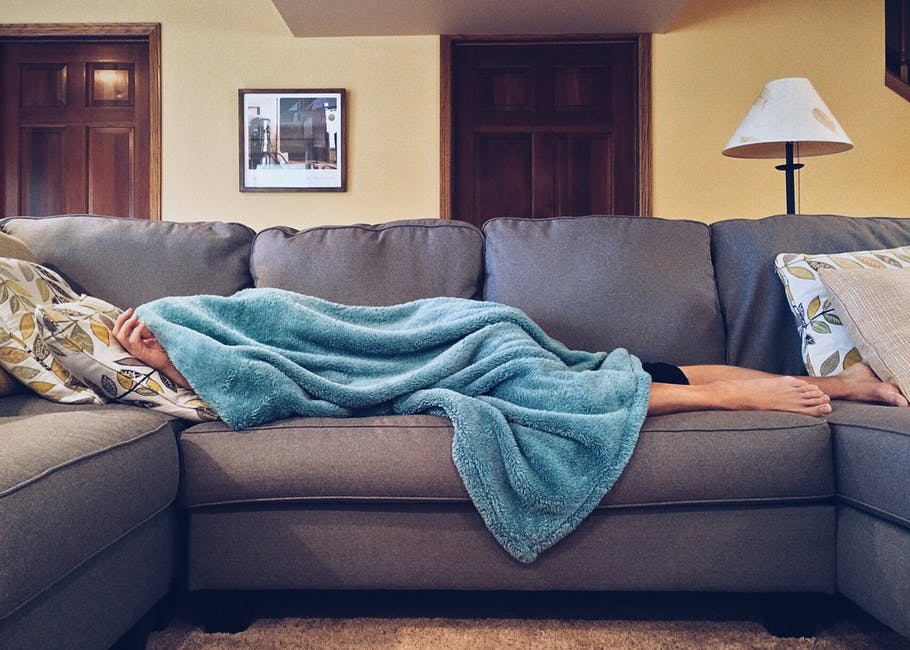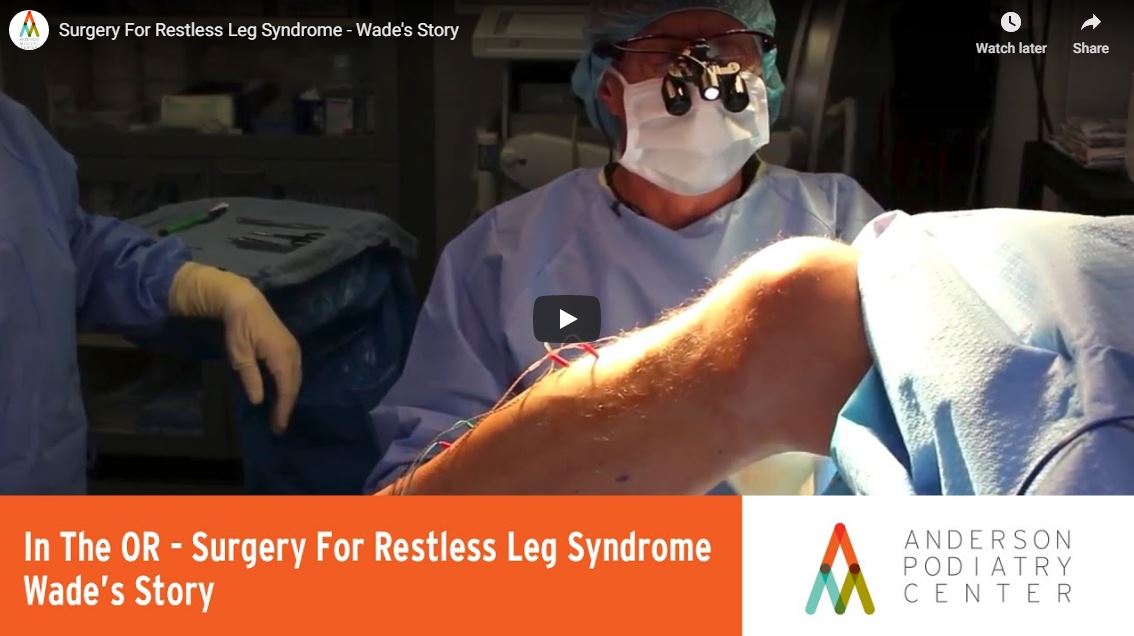A Decade of RLS
Tammy was suffering from RLS (Restless Leg Syndrome), and had been for more than ten years. “I saw at least five different doctors over the years looking for a solution,” Tammy says. “But no one had any answers, and I never found relief.”
“I tried all the medications, and nothing worked,” Tammy says. “I started to feel like it was all in my head.”
Hitting Rock Bottom
Many people who suffer from RLS begin to feel isolated and alone, and this was happening to Tammy. “I’m a very social person, and I couldn’t go to movies or just a simple dinner with my family.”
Tammy was afraid of being out in public and having her RLS symptoms start to kick in. “A lot of people think RLS only happens at night, but for me it was happening all throughout the day too,” Tammy explains. “You never know what’s going to trigger your symptoms, and then you won’t be able to sit down.”
Tammy finally hit rock bottom when she couldn’t do any activities outside her home, and she was only sleeping two hours a night. “I hit the point where I just had to do something,” she said.
ESTIM for RLS
Tammy went to Dr. James Anderson for an appointment, and he recommended ESTIM for RLS.
“ESTIM is a non-surgical treatment that we use to treat RLS and neuropathy,” Dr. Anderson says. “There is scientific, objective evidence that this treatment works to repair the nerves, and Tammy is a great example of what it can do.”
Dr. Anderson also recommended MLS laser treatment, another non-surgical approach that works in conjunction with ESTIM to repair the nerve damage.
How Does it Work?
ESTIM is an electrical stimulation treatment. “We use this to send various pulse waves into the leg, and it can stimulate the nerves to want to repair themselves,” Dr. Anderson explains.
The MLS laser works more on the cellular level. Dr. Anderson says, “The mitochondria is the “energy-creating” part of your cells. The laser works by targeting the mitochondria specifically in the nerve cells to help repair the damaged nerve tissue.”
After 16 ESTIM treatments, Tammy was shocked at the results.
Sleeping All Night Long
“It’s almost unreal,” Tammy says. “I can go to a movie, or dinner, and spend time with my family. I am sleeping all through the night and it’s wonderful!”
After having the treatment, Tammy sat in her recliner and watched six movies in a row, just because she could.
“I didn’t have one episode, and I’m so grateful! I’m now experiencing what it feels like to be normal, and it is amazing.”
————————————————————————————————–
If you or someone you love has been suffering from RLS, please come see us. We have treated hundreds of patients successfully, and we would love to help you get your life back.
Learn about more treatment options for RLS.
To make an appointment, click here.
